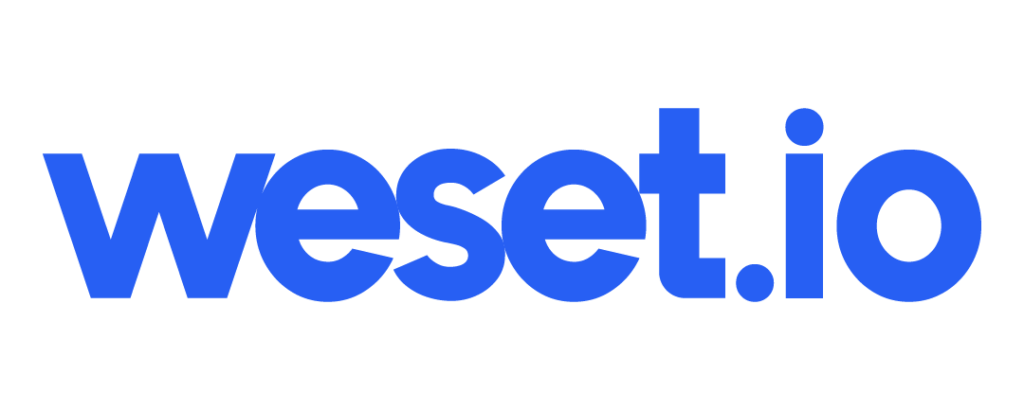In recent years, the digital revolution has expanded beyond the realms of software and online services, entering into the world of physical and financial assets through a process known as tokenization. According to the American multinational consulting firm McKinsey & Company, the market value of tokenized real-world assets (RWAs) could soar to an astounding $4 trillion within the next six years. This projection underscores the immense potential and transformative power of tokenization in the global financial landscape.

Understanding Tokenized Real-World Assets
Tokenization is the process of converting rights to an asset into a digital token on a blockchain. Real-world assets such as real estate, commodities, or even intellectual property can be tokenized, allowing them to be bought, sold, and traded in fractional amounts on digital platforms. This not only enhances liquidity but also opens up investment opportunities to a broader audience.
Benefits of Tokenization:
- Increased Liquidity: Tokenization enables fractional ownership, making it easier to buy and sell assets in smaller increments.
- Transparency: Blockchain technology ensures a transparent and immutable record of transactions.
- Accessibility: Smaller investment amounts lower the barrier to entry for investors.
- Efficiency: Automated processes and smart contracts reduce the need for intermediaries, lowering transaction costs and times.

Market Projections: $2 Trillion by 2030
In a detailed analysis, McKinsey & Company projects that the market capitalization of tokenized RWAs could reach approximately $2 trillion by 2030 in a base scenario. This estimate is based on the gradual adoption of tokenization across various asset classes and the increasing integration of blockchain technology in financial markets.
Key Drivers of Growth:
1. Mutual Funds and Bonds: These traditional investment vehicles are likely to see significant benefits from tokenization, including improved liquidity and reduced operational costs.
2. Exchange-Traded Notes (ETNs): Tokenization can simplify the issuance and trading of ETNs, making them more accessible to investors.
3. Loans and Securitization: The ability to tokenize loans and other debt instruments can enhance transparency and efficiency in the securitization process.
4. Alternative Funds: These funds, which often invest in non-traditional assets, can leverage tokenization to offer more innovative and flexible investment products.

Bullish Scenario: $4 Trillion Market Value
While the base scenario is promising, McKinsey also presents a bullish case where the market value of tokenized RWAs could potentially double to $4 trillion. This optimistic projection hinges on accelerated adoption rates and broader acceptance of tokenization across various sectors.
Factors Contributing to a Bullish Outlook:
- Technological Advancements: Continued improvements in blockchain technology can facilitate faster and more secure transactions.
- Regulatory Support: Favorable regulatory frameworks can encourage wider adoption and innovation in tokenization.
- Increased Investor Interest: As more investors recognize the benefits of tokenization, demand for tokenized assets is likely to grow.
- Global Economic Trends: Macroeconomic factors such as low interest rates and the search for yield can drive investors towards alternative investments, including tokenized assets.
Adoption Rates and Timing
Despite the promising projections, McKinsey analysts caution that the adoption rate and timing of tokenized RWAs will vary across asset classes. Factors such as expected benefits, feasibility, time to impact, and market participants’ risk appetite will influence the pace at which different assets are tokenized.

Varied Adoption Across Asset Classes:
- High Potential: Assets like real estate and private equity, which can benefit significantly from increased liquidity and fractional ownership, may see faster adoption.
- Moderate Potential: Bonds and mutual funds, while also benefiting from tokenization, may face more regulatory and operational challenges, slowing their adoption.
- Lower Potential: Highly regulated and complex assets, such as certain derivatives, may experience slower and more cautious adoption due to higher barriers and risk considerations.
Challenges and Considerations
While the future of tokenized RWAs appears bright, several challenges need to be addressed to realize their full potential. These include technological, regulatory, and market-related issues that could impact the adoption and growth of tokenized assets.
Technological Challenges:
- Scalability: Ensuring blockchain networks can handle the increased transaction volume and complexity associated with tokenized assets.
- Security: Protecting digital tokens from cyber threats and ensuring the integrity of blockchain systems.
- Interoperability: Facilitating seamless interaction between different blockchain platforms and traditional financial systems.
Regulatory Challenges:
- Compliance: Ensuring tokenized assets adhere to existing regulations and standards across different jurisdictions.
- Legal Frameworks: Developing clear and consistent legal frameworks for the issuance, trading, and ownership of tokenized assets.
- Consumer Protection: Implementing measures to protect investors and ensure fair and transparent market practices.
Market-Related Challenges:
- Market Acceptance: Building trust and confidence among investors, issuers, and market participants in the reliability and benefits of tokenized assets.
- Valuation and Pricing: Establishing accurate and transparent methods for valuing and pricing tokenized assets.
- Liquidity Risks: Managing potential liquidity risks associated with the trading of tokenized assets in secondary markets.

The Road Ahead
The journey towards widespread adoption of tokenized RWAs is both exciting and complex. As the market evolves, stakeholders must navigate the various challenges and leverage the opportunities presented by this innovative approach to asset management.
Collaborative Efforts:
- Industry Partnerships: Collaboration between technology providers, financial institutions, and regulatory bodies is crucial to developing robust and scalable tokenization solutions.
- Standardization: Establishing industry standards and best practices can enhance interoperability and foster trust in tokenized assets.
- Education and Awareness: Increasing awareness and understanding of tokenization among investors and market participants can drive adoption and acceptance.
Conclusion
The potential for tokenized real-world assets to transform the financial landscape is immense. With projections of market capitalization reaching up to $4 trillion, the opportunities for innovation, efficiency, and inclusivity in asset management are significant. However, realizing this potential requires addressing the technological, regulatory, and market challenges that lie ahead. As the industry continues to evolve, the collaboration and commitment of all stakeholders will be essential in shaping the future of tokenized assets.
In conclusion, while McKinsey’s projections highlight a promising future for tokenized RWAs, the actual trajectory will depend on various factors, including technological advancements, regulatory developments, and market dynamics. By navigating these challenges and leveraging the opportunities, the financial industry can unlock the transformative power of tokenization, driving growth and innovation in the years to come.




